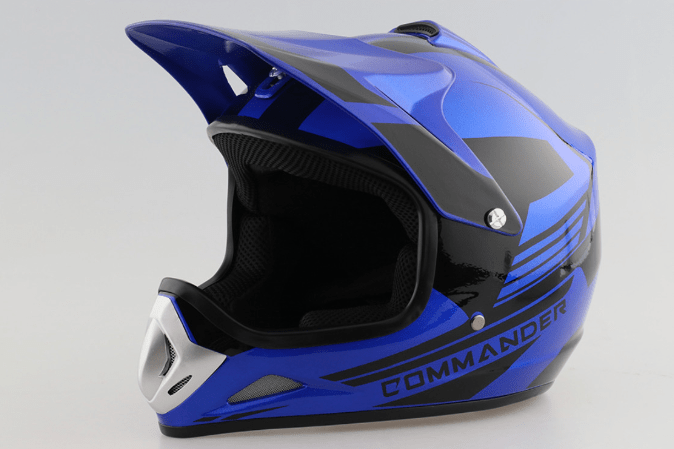Riding Safe: A Comprehensive Guide to Choosing the Right Motorcycle Helmet
When it comes to motorcycle safety, one piece of gear stands out as essential: the motorcycle helmet. Not only is it a legal requirement in many places, but it’s also a crucial component of protecting yourself while riding. In this comprehensive guide, we’ll dive into everything you need to know about motorcycle helmets, from the different types available to how to choose the right one for you.
Understanding the Importance of Motorcycle Helmets
First and foremost, let’s talk about why motorcycle helmet are so important. In the event of a crash, a helmet is your first line of defense against head injuries, which can be severe or even fatal. A quality helmet can significantly reduce the risk of head trauma and increase your chances of walking away from an accident unscathed.
Types of Motorcycle Helmets
There are several types of motorcycle helmets available, each offering different levels of protection and features
- Full-face helmets: These helmets provide the most coverage, protecting your entire head, including your face and chin. They’re ideal for all types of riding and offer the highest level of protection.
- Modular helmets: Modular helmets are similar to full-face helmets but feature a hinged chin bar that can be flipped up, allowing riders to easily communicate or take a quick break without removing the helmet entirely.
- Open-face helmets: Also known as three-quarter helmets, open-face helmets cover the top, sides, and back of the head but leave the face exposed. While they offer less protection than full-face helmets, they provide better ventilation and visibility.
- Half helmets: Half helmets cover only the top of the head, leaving the face and ears exposed. While they’re lightweight and offer excellent airflow, they provide the least amount of protection and are best suited for low-speed cruising.
Choosing the Right Motorcycle Helmet:
When it comes to choosing a motorcycle helmet, there are several factors to consider
- Fit: Your helmet should fit snugly but comfortably, with no pressure points or gaps. Make sure to try on several helmets and consider getting professionally fitted to ensure the best fit.
- Safety certifications: Look for helmets that meet safety standards such as DOT (Department of Transportation) or ECE (Economic Commission for Europe) certification. These standards ensure that the helmet has undergone rigorous testing for impact protection.
- Features: Consider the features you need, such as ventilation, visor type, and padding. Some helmets come with built-in sun visors, Bluetooth connectivity, or removable liners for easy cleaning.
- Budget: While it’s important to invest in a quality helmet, there are options available at every price point. Set a budget and prioritize safety and comfort when making your decision.
Conclusion
In conclusion, choosing the right motorcycle helmet is essential for staying safe on the road. Whether you prefer a full-face helmet for maximum protection or an open-face helmet for better ventilation, there’s a helmet out there to suit your needs. Remember to prioritize fit, safety certifications, and features when making your selection, and always wear your helmet whenever you ride. With the right gear and a commitment to safety, you can enjoy the thrill of motorcycling while protecting yourself from harm.

